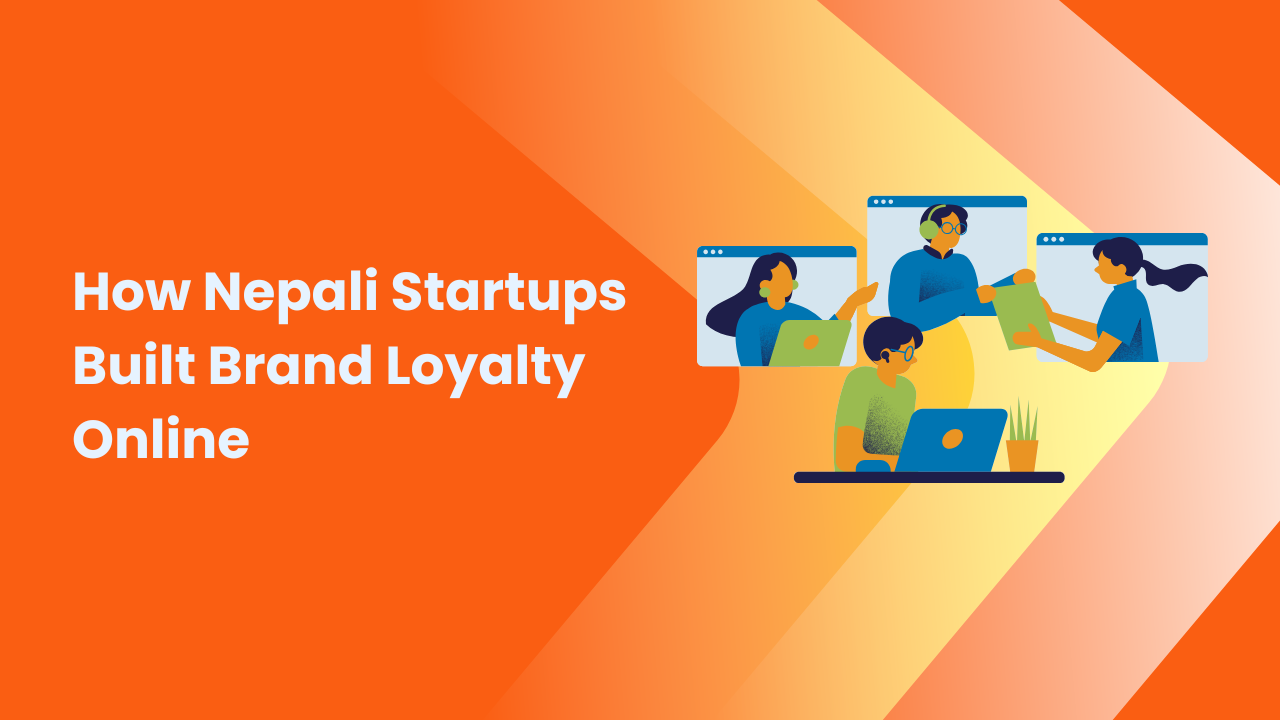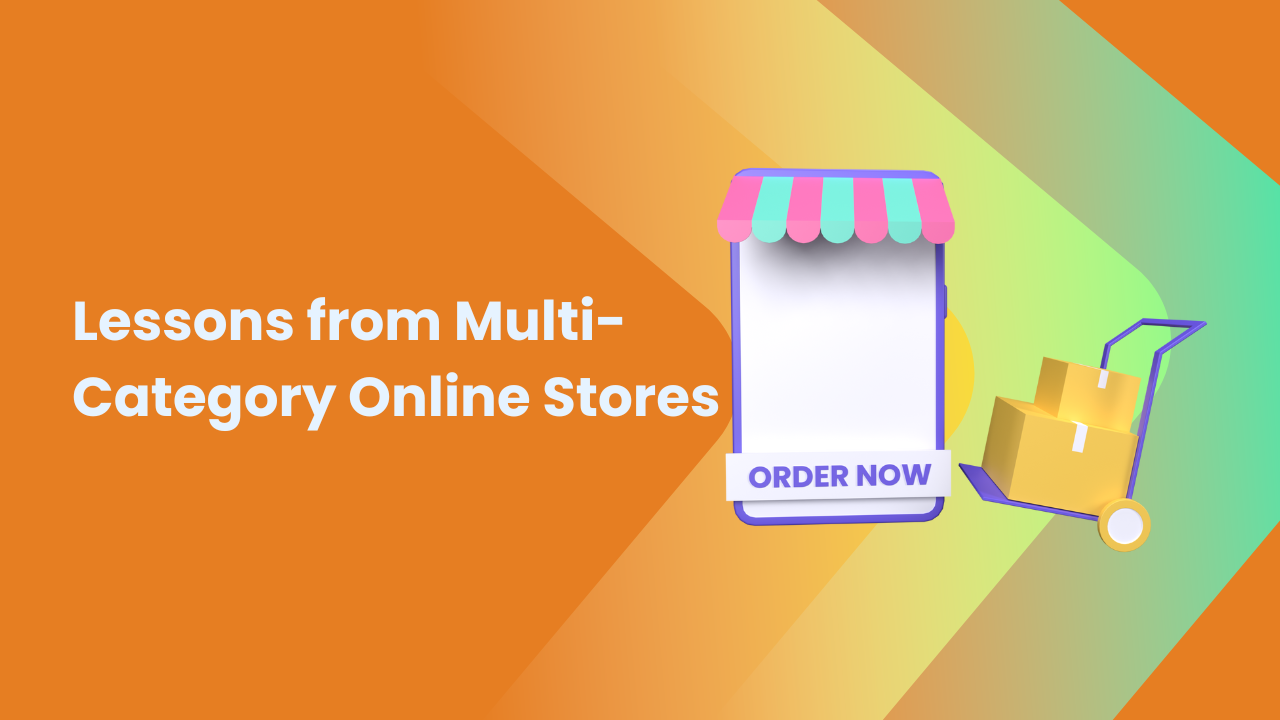Share this Article
As Nepal's e-commerce industry continues to grow, businesses are increasingly seeking innovative solutions to stay competitive. One such solution gaining popularity is headless e-commerce. By separating the frontend (the user interface) from the backend (the operational engine), headless e-commerce offers more flexibility, faster performance, and a tailored shopping experience. But is this solution suitable for Nepali businesses? Let’s explore when headless e-commerce makes sense for your store.
What is Headless E-Commerce?
In traditional e-commerce platforms, the frontend and backend are tightly integrated. The frontend handles the customer-facing interface, while the backend manages business operations like inventory, transactions, and customer data.
Headless e-commerce decouples these two elements. The backend (e-commerce engine) remains responsible for the core functionalities, while the frontend can be customized independently. Instead of a fixed, rigid interface, headless systems use APIs (Application Programming Interfaces) to transmit data from the backend to any chosen frontend platform—be it a website, mobile app, or even voice assistants.
How Does Headless E-Commerce Work?
In a headless e-commerce setup, the backend serves as the central data hub, storing information about products, customers, and orders. The frontend, however, is free to present this data in a unique and customized way. Data is sent to the frontend through APIs, enabling businesses to build tailored user experiences across multiple platforms.
This flexibility allows businesses to design interfaces specific to their target audience while keeping the backend operations optimized. Essentially, headless e-commerce provides the freedom to evolve and adapt as needed.
Why is Headless E-Commerce Gaining Traction?
Several factors are contributing to the popularity of headless e-commerce:
- Customization: With a traditional e-commerce system, customization options may be limited. Headless e-commerce removes these restrictions, giving businesses full control over their user interface.
- Omnichannel Experience: Headless allows businesses to provide a seamless experience across multiple channels—be it websites, mobile apps, or even emerging platforms like smart devices.
- Better Performance: Decoupling the frontend and backend means businesses can optimize each independently, improving site speed and user experience.
- Adaptability to Future Trends: Headless architecture makes it easier to incorporate new technologies like AR, VR, or IoT, offering businesses the ability to stay ahead of technological advances.
When Should Nepali E-Commerce Businesses Consider Headless?
Although headless e-commerce offers notable benefits, it’s not suitable for every business. This approach requires a higher level of technical expertise and investment. Here are scenarios when adopting a headless system makes sense for your Nepali e-commerce store:
1. You Require a Highly Customizable User Experience
For businesses that want to deliver a distinctive, personalized shopping experience, headless e-commerce is a perfect fit. Traditional platforms often come with design restrictions, but headless e-commerce allows you to build exactly what you envision for your customers.
For instance, if your target audience demands unique features like personalized recommendations, dynamic visuals, or specialized mobile app functionalities, headless e-commerce enables you to implement these features seamlessly.
2. You Aim to Sell on Multiple Platforms
If your store operates on multiple platforms (such as a website, mobile app, or social media), headless e-commerce makes it easier to provide a unified experience. Whether customers interact with your store through a browser or an app, they’ll have the same smooth experience.
With a headless system, data flows from a single backend to various frontend platforms, ensuring consistency and reducing friction between touchpoints. This omnichannel strategy is particularly useful for Nepali businesses aiming to expand their presence across multiple digital platforms.
3. Your Business is Scaling
As your business grows, you may encounter the limitations of traditional e-commerce systems, particularly when handling increased traffic, transactions, and product listings. Headless e-commerce is more scalable, enabling you to increase capacity without compromising site performance.
Since the frontend and backend are independent, they can be scaled individually. If your backend needs more processing power due to higher order volume, it can be enhanced without affecting the frontend’s performance. This scalability is crucial for businesses in Nepal looking to expand rapidly.
4. You Want to Integrate Emerging Technologies
Headless e-commerce is ideal for businesses that want to experiment with new technologies. Whether you’re looking to add augmented reality (AR), virtual reality (VR), or voice commerce features, headless systems allow you to easily integrate these innovations into your storefront.
As new technologies continue to emerge, businesses can take advantage of the flexibility of headless e-commerce to integrate them without having to completely overhaul their systems.
5. You Have Access to Technical Expertise
A headless e-commerce setup requires more technical skills than traditional platforms. It involves custom development and integration, meaning a strong development team is necessary to build, maintain, and optimize the system.
If your business has in-house developers or access to expert technical resources, headless e-commerce could be a great option. However, if you lack the resources for ongoing development, a traditional solution may be more appropriate.
Challenges of Headless E-Commerce
While the benefits of headless e-commerce are considerable, there are some challenges:
- Higher Costs: Setting up a headless system typically costs more due to custom development, integrations, and the need for technical expertise.
- Ongoing Maintenance: Since the frontend and backend are decoupled, maintaining both systems separately can be time-consuming and resource-intensive.
- Longer Development Timelines: Unlike traditional platforms, which offer quick setup through pre-designed templates, headless e-commerce requires more time for development and implementation.
Conclusion
Headless e-commerce offers Nepali businesses a powerful and flexible solution to meet the growing demands of modern shoppers. By decoupling the frontend and backend, businesses can create highly customized user experiences, improve site performance, and stay adaptable to future technology trends.
However, headless e-commerce isn’t for everyone. It’s best suited for businesses that have the technical capacity to manage a more complex setup, want to scale, and are looking to provide unique, omnichannel experiences. For smaller businesses or those with limited resources, traditional e-commerce platforms may still be a better fit.
Before transitioning to headless e-commerce, it’s essential to carefully consider your business needs, available resources, and long-term goals. With the right planning and technical expertise, headless e-commerce can give your Nepali business the competitive edge it needs.
Categories:
E-commerce Tips & Tutorials
,
Marketing & Growth
,
SEO & Content Marketing
,
Beginner’s Guides
,
Sales & Conversion
,
Success Stories & Case Studies
,
Platform Features & Updates
,
Platform Comparisons
,
Design & UX Best Practices
,
Industry Trends & News
,
Tools, Apps, and Integrations
,
Tax Information
Tags:
Online Store in Nepal
,
5 Simple Steps
,
local businesses
,
e-commerce app
,
Small Business
,
strong brand
,
E-commerce







